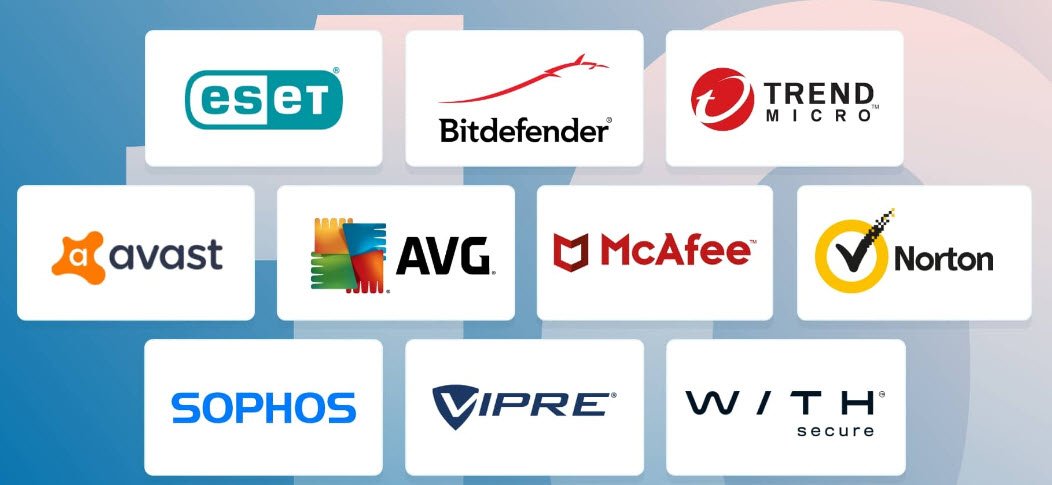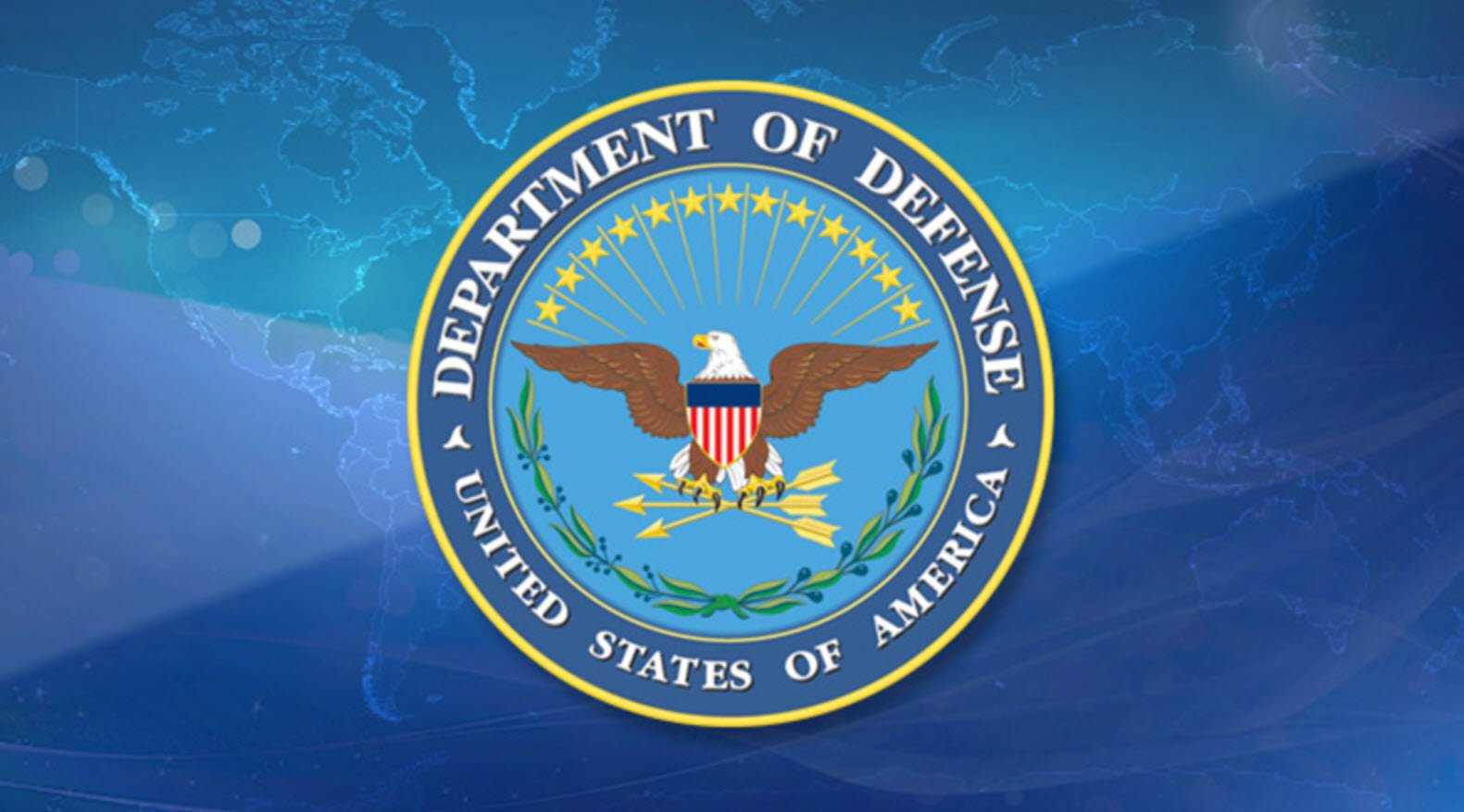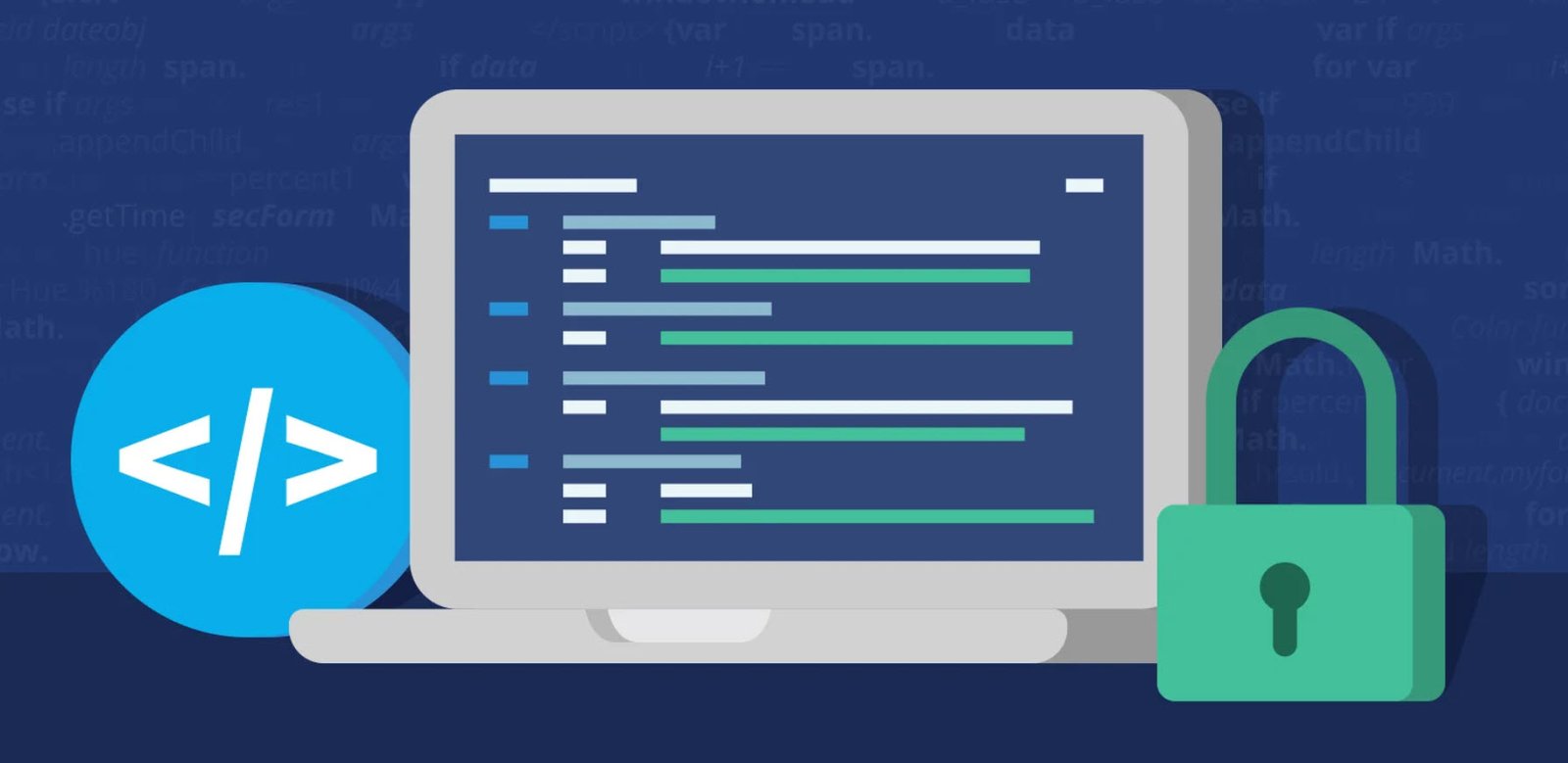
A s the internet has evolved over the past decade, so have hackers. Network security has become one of the most crucial factors companies consider because of the continuous growth of computer networks.
Big corporations like Microsoft are constantly designing and building software products that need to be protected against hackers and foreign attackers because these are the kinds of people who will stop at nothing until they get what they want.
The more network security an individual has, the less chance there is of a hacker accessing their data and files.
Network security is the process by which measures are taken to prevent unauthorized access, misuse, or modification of information passed over a network. In other words, network security simply means that any computers accessing a private network are protected from any forms of cyber theft or manipulation.
Network security
There are three ways to better protect a network; these are intrusion detection systems, WPA/WPA2, which stands for Wireless Protected Access, and Security Sockets Layer (SSL).
1. Intrusion Detection Systems
These systems are software pr0grams designed to protect networks. They are intended to monitor server channels and detect malicious programs being sent across these servers. There are two types of IDS systems. The first is known as an active IDS, this is a more secure software that not only monitors server channels, but it can also block and remove any malicious programs it detects.
This type of IDS system doesn’t need human involvement to protect a computer or network. The second kind of IDS is less protective in that it only monitors a server and alerts a user to a threat if one is found. These programs will not destroy or quarantine any malicious software.
Top 10 Intrusion Detection Systems Tools –
- SolarWinds Security Event Manager
- Bro
- OSSEC
- Snort
- Suricata
- Security Onion
- Open WIPS-NG
- Sagan
- McAfee Network Security Platform
- Palo Alto Networks
2. Wireless Protected Access
Wireless protected access, also known as ‘WPA’, is a form of network encryption. There are two types of this security system, WPA, and WPA2. Both are more secure than the traditional WEP security found on old routers, and WPA2 is the most secure. Most modern routers found in stores today offer WPA2 encryption levels.
The reason why both security features are useful is because they make it more difficult for an attacker to get into a wireless network. WPA2 offers a higher and more complex security layer by using different key setups for network access. This means that WPA2 makes it harder for an attacker to crack a password for a wireless network.
Also Read:
- The Dangers of Wireless Networking
- Top 8 Common Types of Wireless Network Attacks Explained
- Common Terms Related to Wireless Networking and Security
- [Kali Linux] Crack Wireless Password (WPA2-PSK) in 8 Easy Steps
- Pros and Cons of Wireless Networks
- Breaking Into Wireless Networks From The Internet
- Wireless Issues, Types, Applications and Its Technologies
3. Security Sockets Layer
A Security Sockets Layer (SSL) is a form of internet protection provided by encryption. Its purpose is to encrypt any data you send over a network to prevent anyone else on your network from seeing the actual information being transferred. SSLs are very important for anyone entering private information on a website. They work by verifying what is known as a website certificate. A certificate is what websites use to verify themselves.
When you connect to a website, the server the website runs on sends you its certificate to verify its authenticity. A website can only acquire these certificates by applying for them, and they have to follow a strict set of security guidelines.
So, to keep this from getting complicated, if a website has a credible website certificate using SSL, any information you send or receive from that site will be encrypted and safe from any possible attackers.
Also, you can see if a website is secure by looking for the https in the URL at the top of your internet browser.
Computer security
Computer security, on the other hand, is the protection of data physically stored on a computer. This includes taking steps to prevent attacks under the triad of information security, also known as the CIA (confidentiality, integrity, and availability).
A few of the basic methods below pertain to computer security and will cover passwords, software updates, firewalls, anti-virus or malware programs, ad-blockers, email encryption, and data backups.
1. Having a good password
A good password consists of three basic qualities: Its length, the characters used, and the combination of upper- and lower-case letters. The longer a password is, the harder it is to break. Some hackers try to use algorithms in which they send massive amounts of combinations, hoping that one is a match to the secret password. By increasing the length of a password, its chances of being cracked decreases.
A mixture of letters and symbols, such as exclamation marks, help protect your password from being stolen. This also applies to add uppercase letters into your password. A password such as ‘password1’ is very weak in comparison to a password like “PasSWord2018” The combination of upper-case letters and symbols decreases the chances that a password can be hacked through brute force.
Another method you can use to create incredibly secure passwords is getting a program like ‘LastPass‘ or ‘Password Boss‘. These programs randomly create a password that is incredibly secure. Using a program like this will provide a unique password for everything a person uses. This means that if a hacker can get into one of an individual’s accounts, they will not have the password for the other programs or web services.
According to sources, below is the list of top worst passwords:
- 123456
- 123456789
- picture1
- password
- 12345678
- 111111
- 123123
- 12345
- 1234567890
2. Software updates
Software updates are very important as they protect your computer or mobile device. Software updates are used to patch holes or bugs found in an operating system, and this will make your device more secure. Check your operating system often to see if a new update is available. Some operating software update automatically.
3. Firewalls
Firewalls are great protection for computers because they prevent unwanted data from getting to your computer. They monitor the flow of incoming data and run checks to see if the information that’s about to be received by your computer is harmful or not.
For example, anytime a user downloads something from a website, the firewall will scan the file in question and determine if it is malicious or not. Not all firewalls are the same. Most operating systems come with a built-in firewall, so there is hardly a reason to install additional firewalls.
Also, these OS companies are constantly updating their security features to make them more reliable. Firewalls prevent unauthorized access to or from a private network.
Here is a list of the top Next-Generation Firewalls (NGFW):
- Fortinet FortiGate (7000 series)
- Forcepoint NGFW
- Palo Alto Networks PA Series
- Juniper Networks SRX Series
- SonicWall NGFW TZ Series
- Barracuda CloudGen Firewall
- Cisco FirePOWER Series
- Sophos XG Series
4. Antivirus software
One of the most effective and common methods of dealing with malware is anti-malware Software. Programs such as Windows Essentials, McAfee, and Bitdefender allow a user to run scans on a system to search for infected files. If any files are found to be corrupted, these programs alert the operator, allowing him or her to remove the files in question.
This type of Software is also very useful as it can scan any downloaded items or email attachments before allowing the user to download them. This is a crucial protective barrier, as it prevents any malicious programs from installing itself on a device.

These types of Software can also analyze what kind of virus, worm, or Trojan has infected the computer in question.
This kind of protective Software will remove anything malicious automatically from the computer but will be unable to recognize threats such as ransomware or keyloggers.
Suggested Read: [Solution] Fix Windows Defender in Windows 11 Operating System
5. Ad blockers
Most browsers have extensions that can be added to the browser, which blocks pesky advertisements. For example, the Google Chrome web store has a variety of additional extensions users can download and run while using the browser (not all being adblockers).
Chrome has an adblocker made specifically for the Chrome browsers, which limit the number of ads that pop up while you visit websites. Ad blockers can also be downloaded directly onto the computer’s hard drive instead of a web browser.
6. Email encryption
Encryption protects emails by making the content of emails unreadable to any entity, besides the intended recipients. Popular email services such as Gmail have since added encryption of emails to their network. However, it only protects data that’s on their servers.
This means that data is still vulnerable while it bounces around on other internet networks unless users implement client-side encryption. Most methods that allow this are complicated processes that require exchanging certificates with everyone who will be receiving or sending emails with one another.
Fortunately, there is an alternative called Virtru that works with Gmail accounts as well as Outlook. This allows users real, client-side encryption without the prolonged process of exchanging certificates. Virtru is a plug-in that users can download onto their web browsers to freely send and accept emails from Outlook or Gmail accounts without any compatibility issues.
7. Data backups
Data backups are an important but overlooked aspect of computer security. By performing regular backups of all important data on a computer, the user protects themselves from the risk of a crash or virus and lose important data.
Data backups typically upload data to an outside source, either to a cloud storage server, or a storage device.
Any data that isn’t backed up can be completely lost if the computer hardware fails or data is corrupted. Like the old saying, It is better to be safe than sorry.
Also Read: Top 5 High Rated WordPress Backup Plugins
8. Failed security
If both security types fail, what could be put at risk? The types of information hackers may attempt to steal are divided into two categories: personal and financial. Regarding personal information, a hacker could use it to create fake web accounts, social media accounts, or a new identity altogether.
The rampancy of identity theft today is fueled by the enormous amounts of information that can be collected from the internet. According to the identity protection service LifeLock, in 2017, 16.7 million people were victims of identity theft, resulting in $16.8 billion being stolen.
In 2016, 15.4 million people were victimized, resulting in a loss of $16.2 billion. Over the past three years, the number of people who are victims of identity theft increased by 3.6 million.
With financial information, it all comes down to the individual’s money. A hacker can use the stolen financial information to make online purchases, apply for loans, or go as far as to file tax returns under the victim’s name. It is of the highest importance that both types of information remain protected and accurate.
According to the USA government, there are several diverse types of identity theft that the general public could fall victim to:
- Child ID theft – Child identity theft is a type of theft that can go hidden for many years until the child has grown into an adult. By then, the damage to their identity from the theft has already been inflicted.
- Tax ID theft – This occurs when a social security number is stolen and used to file tax returns by anyone other than the owner of the SSN.
- Medical ID theft – This type of theft occurs when someone steals another person’s medical information or health insurance data for medical services, or by billing false charges to the policy holder’s company.
- Social ID theft – Known nowadays as a catfish, this kind of theft happens when someone steals another person’s name, photographs, and other personal information to create a fake social media account.
- Gmail and Facebook Users Advised to Secure Their Accounts Immediately
- Pentagon’s Proactive Approach to Cybersecurity – Over 50,000 Vulnerability Reports Since 2016
- Windows Hardening – Key Points To Remember
- Top 10 Fundamental Questions for Network Security
- How to Remove x-powered-by in Apache/PHP for Enhanced Security
- 12 Point Checklist – PHP Security Best Practices
- Secure Programming Checklist – 2023 Compilation Guide
- The Ultimate Network Security Checklist – 2023 Complete Guide
- A Comprehensive Guide to Crafting Strong Passwords
- Top 28 Essential Tips To Safeguard Your Computer








